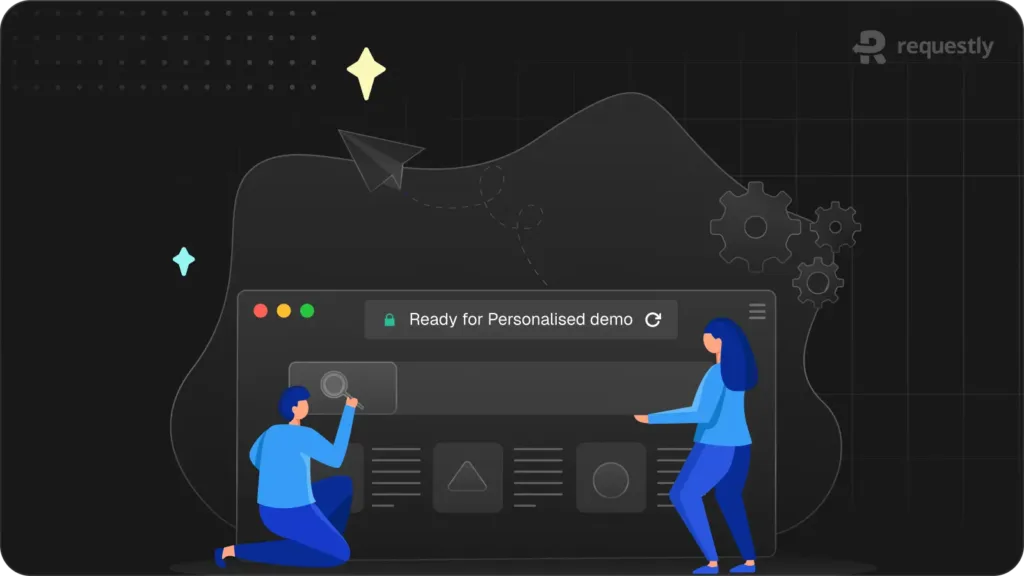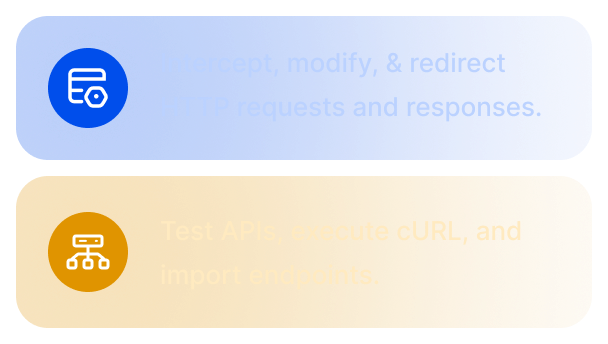Requestly helps a global learning & talent technology provider deliver brand-personalized demos in minutes

At a glance
This global learning & talent technology provider moved to Requestly to deliver brand-personalized demos at scale and reduce prep time. They moved from Chrome DevTools’ deprecated Resource Overrides approach to Requestly’s browser-based rules for swapping images, logos, and other assets. As a result, they can spin up prospect-specific branding in minutes and present tailored environments with total confidence.
We built the following case study around an in-depth interview with the anonymous company’s Principal Solutions Consultant and gratefully attribute all quotes to that individual.
The challenge
For the Solutions Consulting organization, giving branded demos is essential to showing value. Prospective customers want to see the product “as if it were theirs”—their logo, images, banners, and sometimes localized visuals. Historically the team relied on Chrome’s Resource Overrides to swap assets, but Google phased that feature out. Without a fast, low-code alternative, consultants faced longer prep times and ad-hoc coding to adjust logos and imagery.
The solution: Requestly
The team adopted Requestly to fill the gap.
Consultants use simple browser rules to quickly swap out images, logos, and background assets, essentially transforming the core platform into a client-specific version during demos.
- They use redirect rules to replace generic assets with client-branded ones, which is especially useful when showing customized demo pages.
- The modify response rule lets them mock different product data — so they can show how the UI would look with alternate API content, without touching the real backend.
- The inject script rule helps bypass CSP restrictions and run custom demo scripts.
In practice, these tools let consultants rapidly prototype UI behavior, control the data shown in demos, test how the system handles unusual API responses or missing assets, and apply client branding. This speeds up validation and builds confidence in the solution before Client demo.
When Requestly is disabled, the site reverts to standard branding; when enabled, the new assets load automatically. This on/off toggle makes it simple to show multiple brand variants in a single meeting, and because it runs in the browser, it requires no backend changes.
Requestly also replaced the deprecated Resource Overrides tool. After evaluating alternatives, the team selected Requestly as “a more solid replacement.”
We use Requestly for quick rebranding. I just toggle it on to swap out images and logos and turn our core platform into a client‑specific environment. When Chrome phased out Resource Overrides we looked for alternatives and Requestly stood out as the most solid replacement.


Results & benefits
- Personalized demos in minutes – Brand-tailored demos prepared and delivered rapidly, without engineering or design support.
- Improved client engagement – Prospects immediately see their colors and branding in the demo environment, making the software feel more relevant to their organization.
- Self-serve at scale – Individual consultants manage their own Requestly rules and share templates across the 100–150-person team—effectively “rebranding” Chrome’s discontinued resource-override capability.
- Low adoption friction – Because Requestly works via browser rules, it doesn’t touch production systems and can be toggled on or off live during a call.
Conclusion
Contents
Subscribe for latest updates
Share this article
Related posts





















